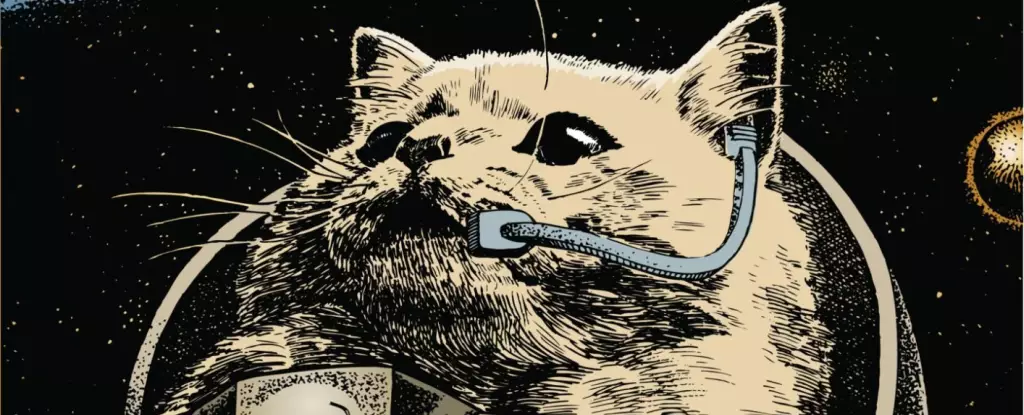Cats have fascinated humans for centuries with their elegance and agility. Among their many impressive survival skills, the ability to land on their feet after a fall stands out as one of nature’s most extraordinary tricks. This seemingly innate skill has piqued the curiosity of scientists and cat lovers alike, leading to a deeper understanding of the biomechanics involved. Unpacking the mystery of how cats manage to twist and turn in mid-air and always land upright is a journey through history, physics, and even space exploration.
The Anatomy of a Cat’s Fall
To comprehend the marvel of a cat’s landing prowess, one must first appreciate its unique anatomy. Cats possess a flexible spine, which allows them to contort their bodies into various positions. This flexibility, combined with their lack of a collarbone, enables them to rotate their bodies rapidly while in free fall. Interestingly, traditional physics suggests that in a free-fall scenario, any object spins according to its center of mass unless acted upon by an external force. Cats, however, have evolved to make use of their own body structure to redirect their fall, allowing them to land gracefully.
Cats also have a surprisingly large ear structure which plays a vital role. These ears house the vestibular system, which helps the cat determine its orientation in space. This system works quickly—a feature crucial when they fall from significant heights. The quick response from their inner ear enables cats to right themselves as they descend, ensuring they land safely on their feet.
The Pioneering Research into Cat Mobility
The study of feline agility can be traced back to the late 19th century, when French scientist Étienne-Jules Marey first captured a series of photographs showcasing the cat’s uncanny ability to twist and turn in mid-air. Marey’s work utilized chronophotography, which allowed him to capture dynamic sequences of movement in a series of striking images. These early findings laid the groundwork for more comprehensive studies into the biomechanics of falling cats.
In the 1950s, scientists at the US Air Force Aerospace Medical Research Lab sought to expand upon Marey’s research by experimenting with parabolic flight. Using specially designed aircraft, they created brief periods of weightlessness similar to the conditions found in space. Their aim was to understand how a cat’s righting reflex would be affected in a zero-gravity environment, questioning whether felines could still perform their acrobatic aerial maneuvers.
The results were indeed illuminating. Videos from these endeavors show that although cats experienced disorientation in weightlessness, they retained much of their natural reflexes. While their response was dulled, the cats still managed to twist their bodies to gain a semblance of control during free fall, showcasing a blend of evolutionary prowess and innate instinct.
The implications of feline fall studies reach beyond the confines of animal behavior. The work done by the US Air Force and subsequent studies contributed significantly to our understanding of human dynamics in space. Insights gleaned from observing cats helped inform astronaut training techniques, particularly in how humans orient themselves in microgravity.
The examination of how cats maneuver through the air has also had applications in robotics and design, illustrating how biological adaptations can influence technological advancements. Robotics engineers have been inspired to create machines that mimic the elegant movements of cats; devices that can right themselves mid-fall promise to revolutionize various fields, from aerospace engineering to everyday consumer technology.
The talent exhibited by cats to land on their feet is not merely a whimsical trait but a remarkable example of evolutionary adaptation. The combination of anatomical features, reflexes, and significant research illustrates the intricate relationship between form and function. As scientists continue to explore the marvels of nature, the cat stands out as a prime example of how evolution has crafted creatures with astonishing abilities. Whether they are navigating towering heights or strolling through our homes, the domestic cat continues to embody grace and resilience, reminding us of the wonders of the animal kingdom.


Leave a Reply